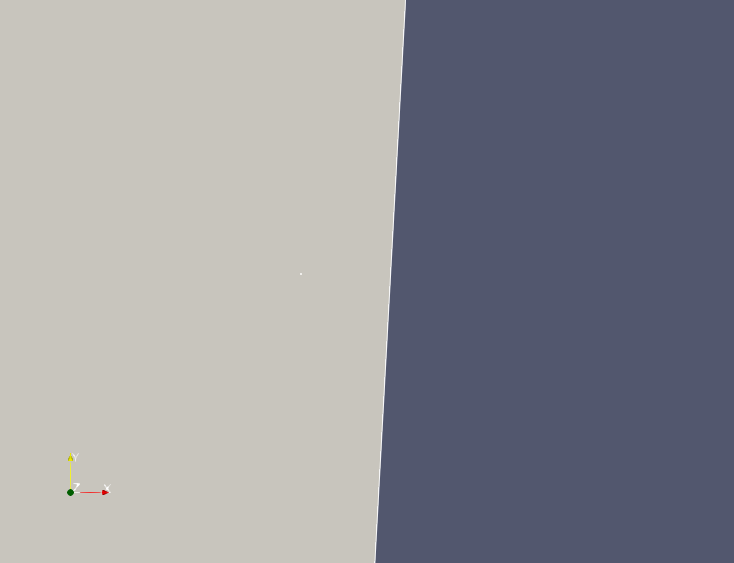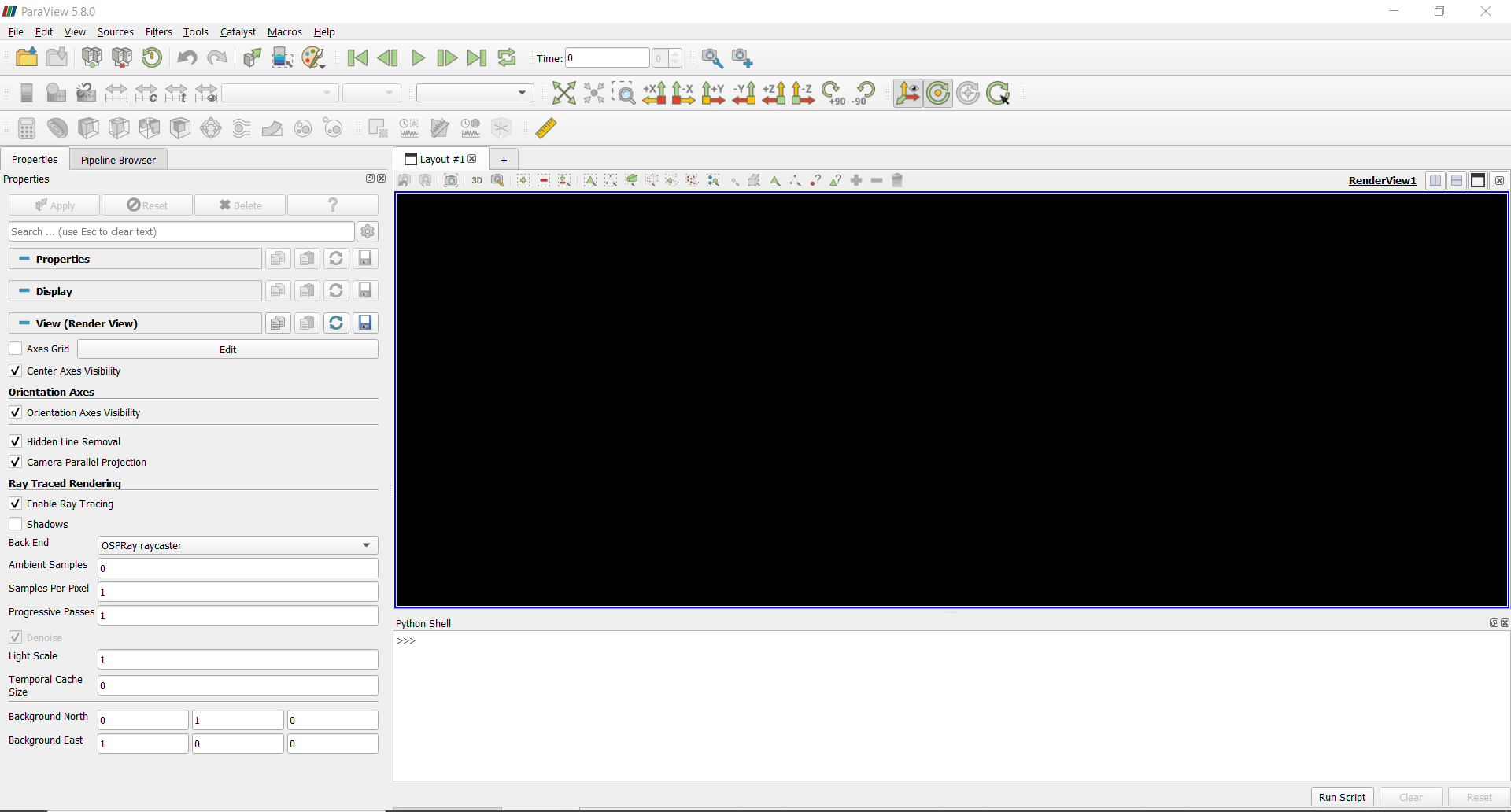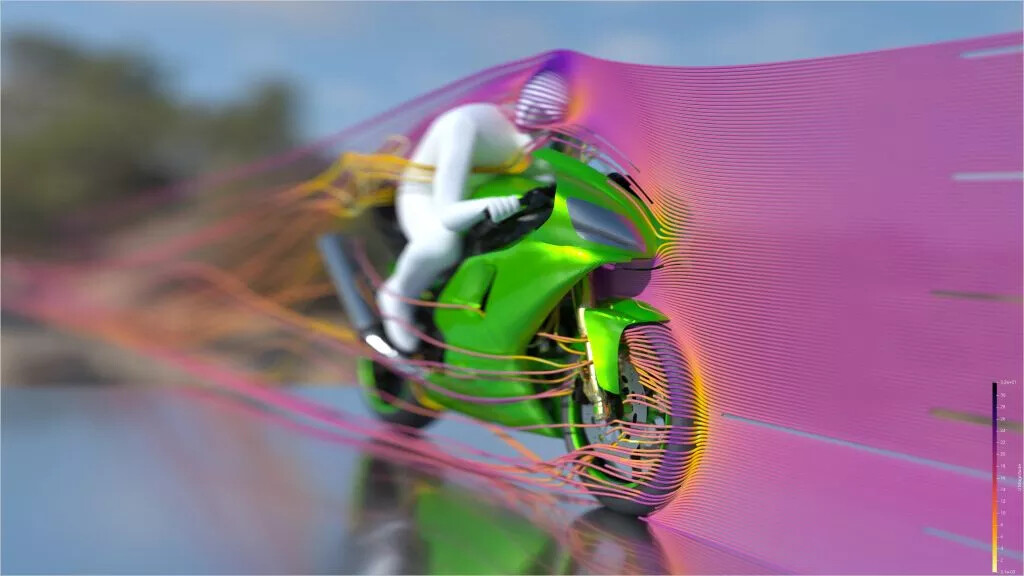
The Point Merging option, when checked, will merge points The Convert Strips to Polys option, when checked, will convert degenerate triangle strips to triangles. When Convert Polys To Lines is checked, degenerate polygons that have only two distinct point coordinates are converted to lines. Convert Lines To Points, when checked, will convert degenerate lines to points. Relative tolerance uses a percentage of the bounding box. (checked) or relative (unchecked) tolerance is used to perform the point Tolerance Is Absolute determines whether absolute

Is used to perform the merging in the spatial units of the input data Point merging is used together with absolute tolerance. The Absolute Tolerance field specifies the tolerance when Of the bounding box of the input data set. This tolerance is a fraction of the length of the diagonal The Tolerance slider and text box specifies the toleranceįor performing merging when point merging is used without absolute Although this may be required for datasets that do notįit into the memory, the results may not always be the same and seams If this checkbox is unchecked, the dataset is processed one The Piece Invariant option allows you to choose if the wholeĭataset is processed at once (checked) and will always have the same Use the Clean Cells filter to remove duplicate cells from an object and to remove shared points between cells. Using unique identifiers that are present in both datasets. This creates the connectionīetween the original dataset and the information in the external file,

In the Geometry section you can select the Geometry Segment ID, the property in the original dataset that corresponds to the values contained in the Schedule Segment ID.

Segment ID is very important, as it corresponds to the Geometry Segment That are used and represented in the external file. The Configuration tab allows you to select the Date Type and Date Format, as well as the Duration Property, Duration Unit and the Schedule Segment ID Use the Browse button to navigate to and select the external file (in *.exf format). Original object and the external file to correctly create theĪlways fill in the Configuration tab prior to the Properties tab. You have to know the properties that make up the Each cell in the originalĭataset must have a unique identifier that can be related to a property The information from the external file isĪpplied to the cells of the original object. The primary goal is to use the animation capabilities of ParaView to visualize a 3D simulation of the schedule. Filter allows you to import properties stored in an external EPS (Enhanced Production Scheduler) schedule file to an


 0 kommentar(er)
0 kommentar(er)
